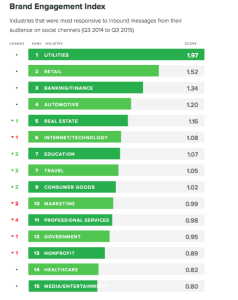Marketing automation is the glue that keeps campaigns and teams together throughout the organization. Here’s how.
Marketing automation platforms (MAPs) save time by automating campaign processes. They are also a centralized place where different teams work together to forge cross-functional alignment.
Here are three areas where this is happening.
Brand consistency
Marketing automation platforms are often the place where brand consistency is enforced.
Tools like Perkuto’s Jeto add-on allow marketers to use automation platforms (in Jeto’s case, Marketo) without adding off-brand elements to the campaign. These kinds of tools allow more team members to collaborate while keeping important brand safety and privacy compliance issues centralized.
“[Tools like Jeto] allow distributed teams to launch consistent brand-centric campaigns, but with dramatic reductions in speed-to-market, from two weeks for an email campaign to one or two days, in many cases,” said Milton Hwang, principal for consultancy Mission MarTech LLC, at The MarTech Conference.
Analytics
Analytics is accessible to an increasing number of team members through the latest analytics dashboards.
“The digitization of dashboards with tools like Google Data Studio and any number of analytics platforms that are either embedded into core MAPs, or add-ons, has really driven the need for all of us to be aligned on metrics,” said Hwang.
Organizations need to do more than just open up the dashboards to everybody across teams. Stakeholders need to meet and agree on the core metrics to analyze and avoid “vanity metrics.”
“[Businesses should be] actively questioning the metrics, so you’re maximizing the value,” said Hwang.
Generative AI content creation
Generative AI has the potential to significantly increase the scale of content production. As a result, there will be less emphasis on how individuals make unique pieces of content. More teamwork will be needed to deploy genAI technology to automate the production of related content series.
“[GenAI] is going to drive even more alignment between the content and creative teams where the prior silos, in terms of content readiness, are going to start breaking down further,” said Hwang.
He added, “Each contributed piece of content is going to be modeled and used to train and feed the next round of content from the team.”
Style guides and teams working together to build a consistent brand voice will be even more crucial in this context.
The post 3 ways marketing automation drives cross-functional alignment appeared first on MarTech.
MarTech(26)
Report Post







